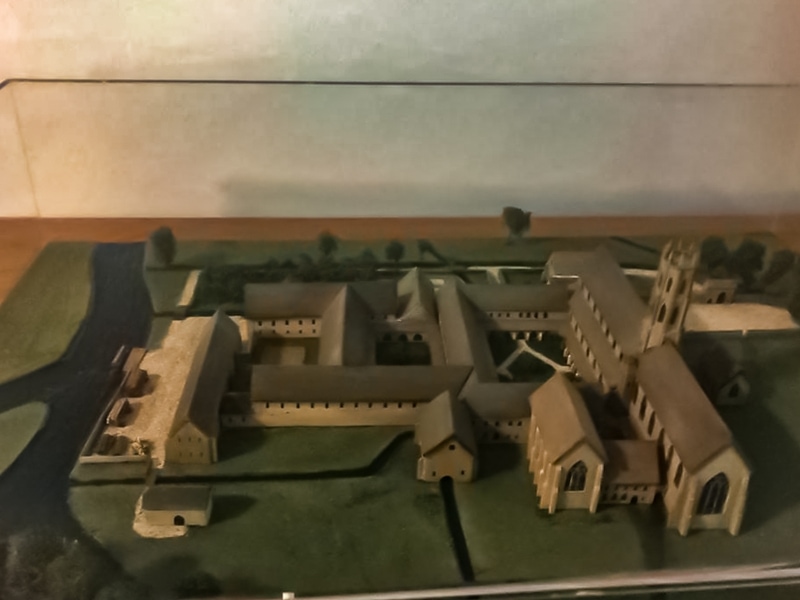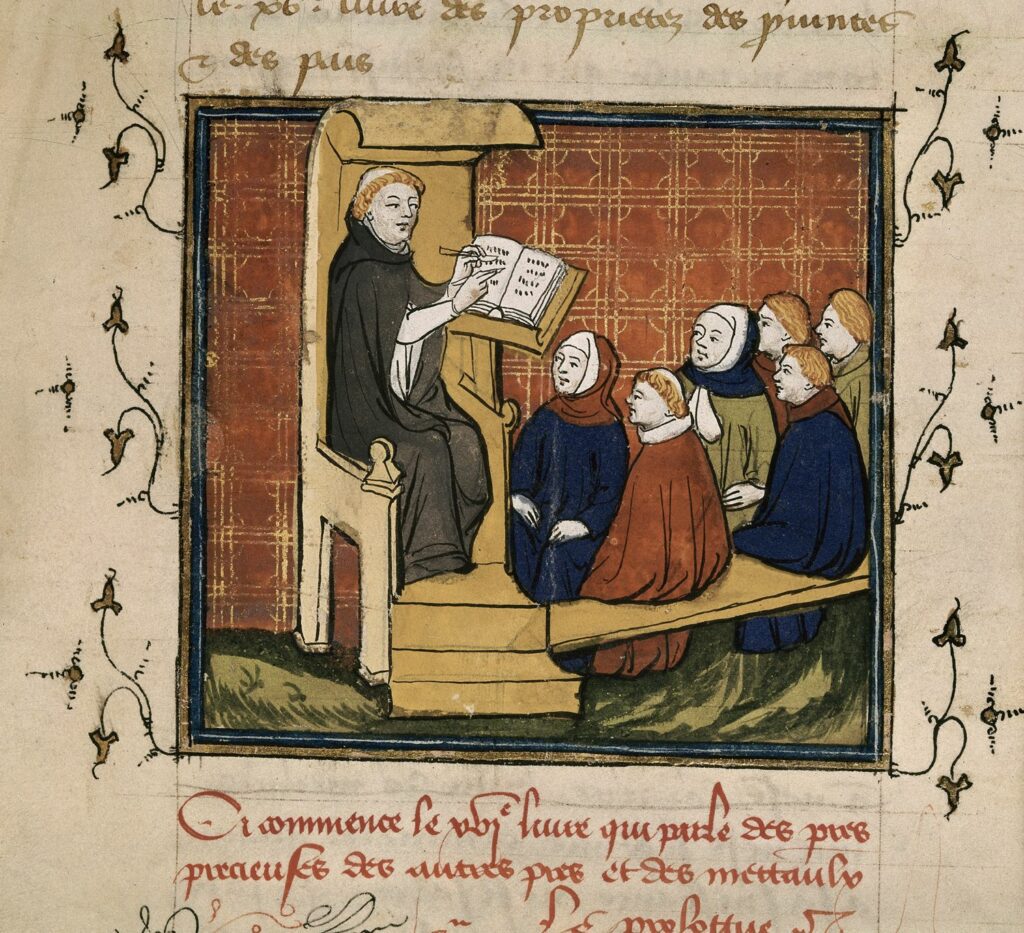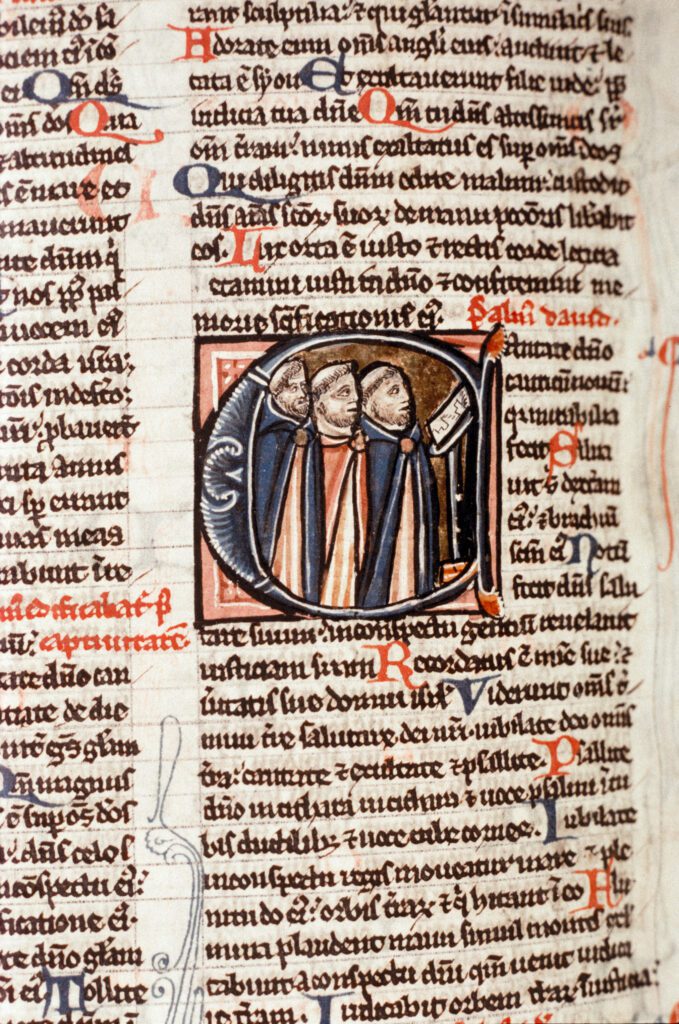History 2: The Expansion

The great new priory – the model for the Oxford colleges
In 1238, the friars acquired land outside of Oxford city walls to build their new priory. The new priory could have accommodated 100 friars in choir and a further 300 laypeople in the nave. It began to be inhabited from 1245 and it is significant that it was only after this date, in 1249, that we see the first foundations of the Oxford colleges.
The ground plan, based on archaeological digs, and the scale model created by George Lambrick, give a sense of the size of this priory, and indeed show how religious houses like Blackfriars became the model for the Oxford colleges.
The large size of Blackfriars meant that it was used for national assemblies. Royal patronage meant that such religious houses were expected to play host to the king’s entourage as it toured the country. The First English Parliament, led by Simon de Montfort, also met here in 1258.


Nicholas Trevet: A masterly medieval scholar
Nicholas Trevet was a master scholar.
He serves as a reminder that medieval Dominican scholarship wasn’t just about the production of commentaries on the Sentences or on Biblical books, or the writing of theological summa.
Trevet’s father, Sir Thomas Trevet, had been a circuit judge under Kings Henry III and Edward I, so a member of a rising social elite distinct from the great baronial families but connected to the royal court.
Nicholas Trevet’s theological works were impressive, from commentaries on books of the Bible to a commentary on Books 11–22 of Augustine’s magnum opus, ‘The City of God’. This alone was an impressive academic achievement. However, Trevet also wrote commentaries on numerous classical texts, on Boethius, on the elder Seneca’s ‘Declamations’, on Livy, and on Virgil’s ‘Eclogues’.
Trevet was often commissioned by well-placed patrons to write particular works, or dedicated them to such patrons: the treatise on the Mass was dedicated to John of Drokenfords, former Master of the Wardrobe and Chancellor of the Exchequer, who was made Bishop of Bath and Wells in 1309. Pope John XXII commissioned the commentary on Livy. His Anglo-Norman historical chronicle was written for a royal nun, Princess Mary of Woodstock, sister of King Edward II.
Trevet thus points to the friars’ integration into a European cultural, as well as political or ecclesiastical, elite.
